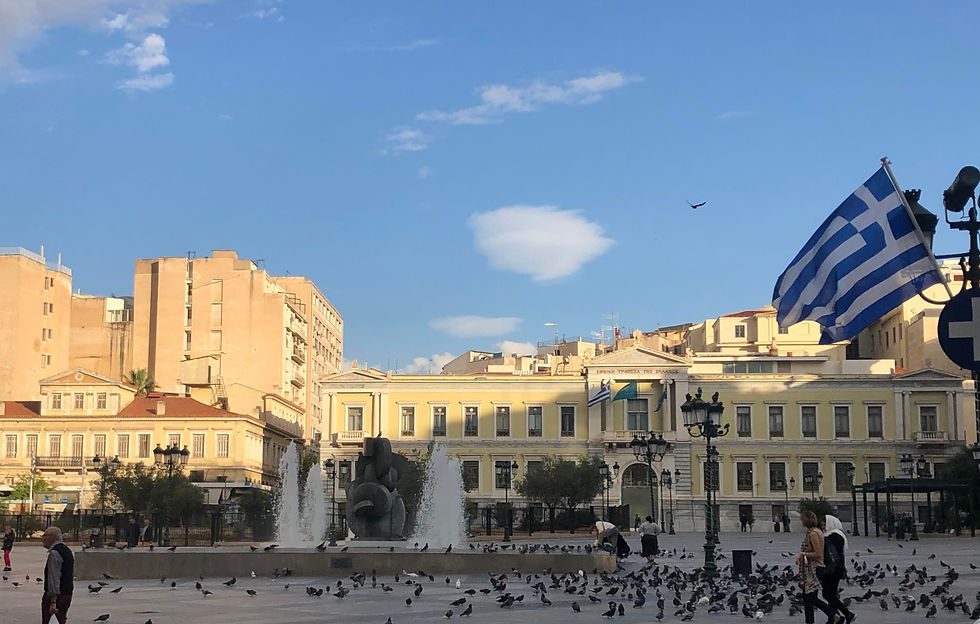What is Art Psychotherapy (or Art Therapy?)
- elenivali1
- Nov 9, 2022
- 2 min read
Art therapy or art psychotherapy is a form of expressive therapy that uses the creative process of making art to improve a person’s physical, mental, and emotional well-being.
The creative process involved in expressing one’s self artistically can help people to resolve issues as well as develop and manage their behaviours and feelings, reduce stress, and improve self-esteem and awareness.
An arts therapist is a psychological therapist who has arts-based experience plus training in psychological interventions using drama, music or art as their primary mode of communication. Art therapists use visual arts (paints, sculpture, collages, photography etc.) to help their clients express themselves.

What happens in sessions?
The art therapist will arrange to meet with you to discuss your referral, aims for therapy and whether group or individual art therapy is most appropriate to your needs. The therapist discusses confidentiality at the start of therapy. All art work done in therapy is treated as confidential, in the same way as any other medical or health treatment. Work will be kept safely by the art therapist and at the end of therapy client and therapist can decide, after discussion, what to do with it. Therapy usually takes place the same time every week, and lasts about an hour.
Your therapist will never judge if your drawing is ‘’good enough’’ or ‘’realistic enough’’. Therapy aims at expression and at the artistic process, not the quality of the final product. Some people might even decide to bin their art, or do things like tearing paper or throwing paint in a bucket- the materials are there to help us express ourselves, not scare us!
Your therapist might suggest something like ''let's see how this feeling might look on paper'' or ''let's draw your strengths''.
How might art therapy help me?
Potential benefits of art therapy include:
The expression of feelings
Managing emotions and conflicts through art-making in a safe, supportive space
Acceptance and understanding of difficult or confusing feelings which may have emerged during the creative process
Opportunities to develop new ways of relating to others or ''seeing things differently''
Processing past experiences
Deciding and making plans for the future
If you are interested in trying out this approach, please contact :

Comments